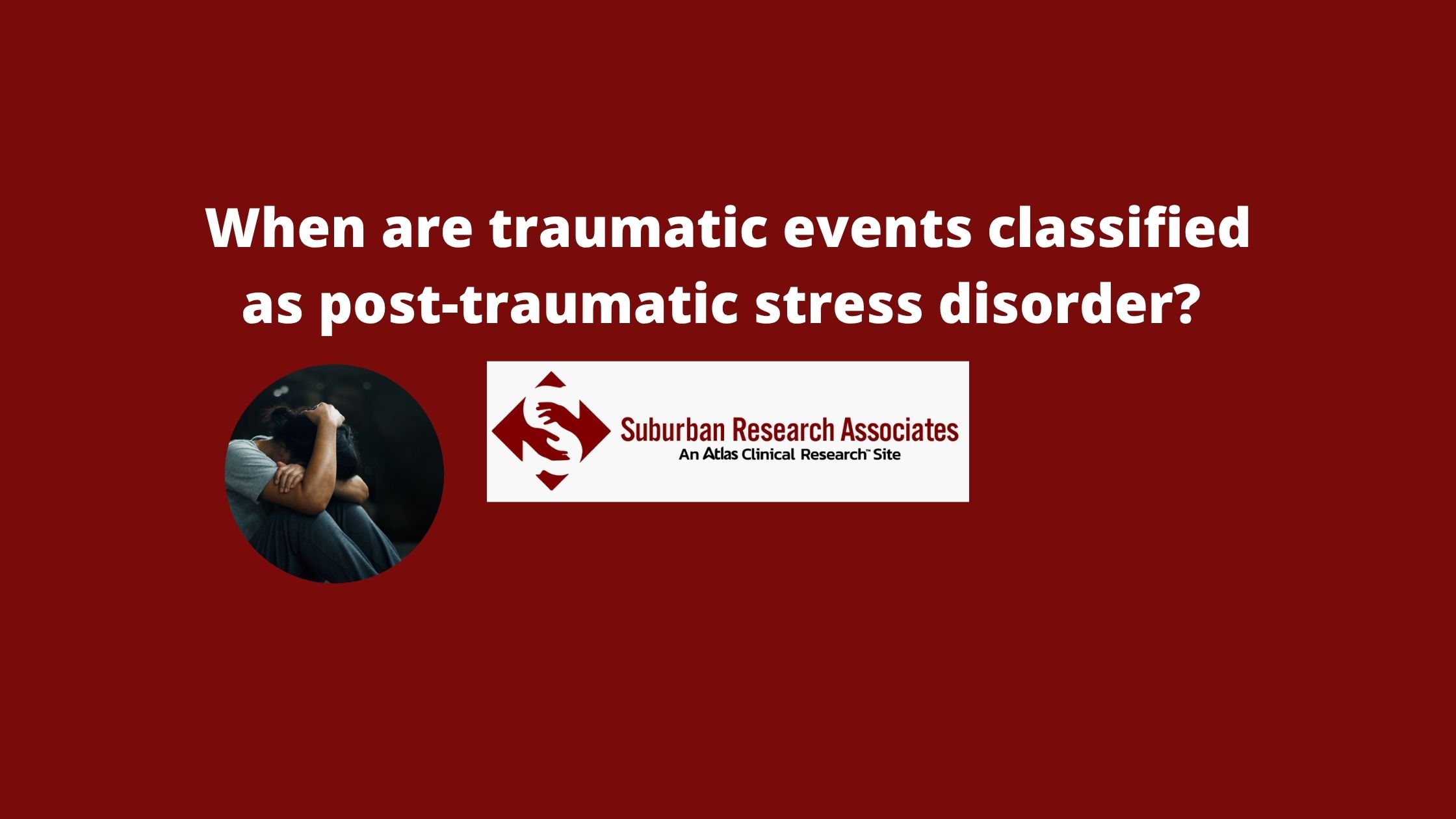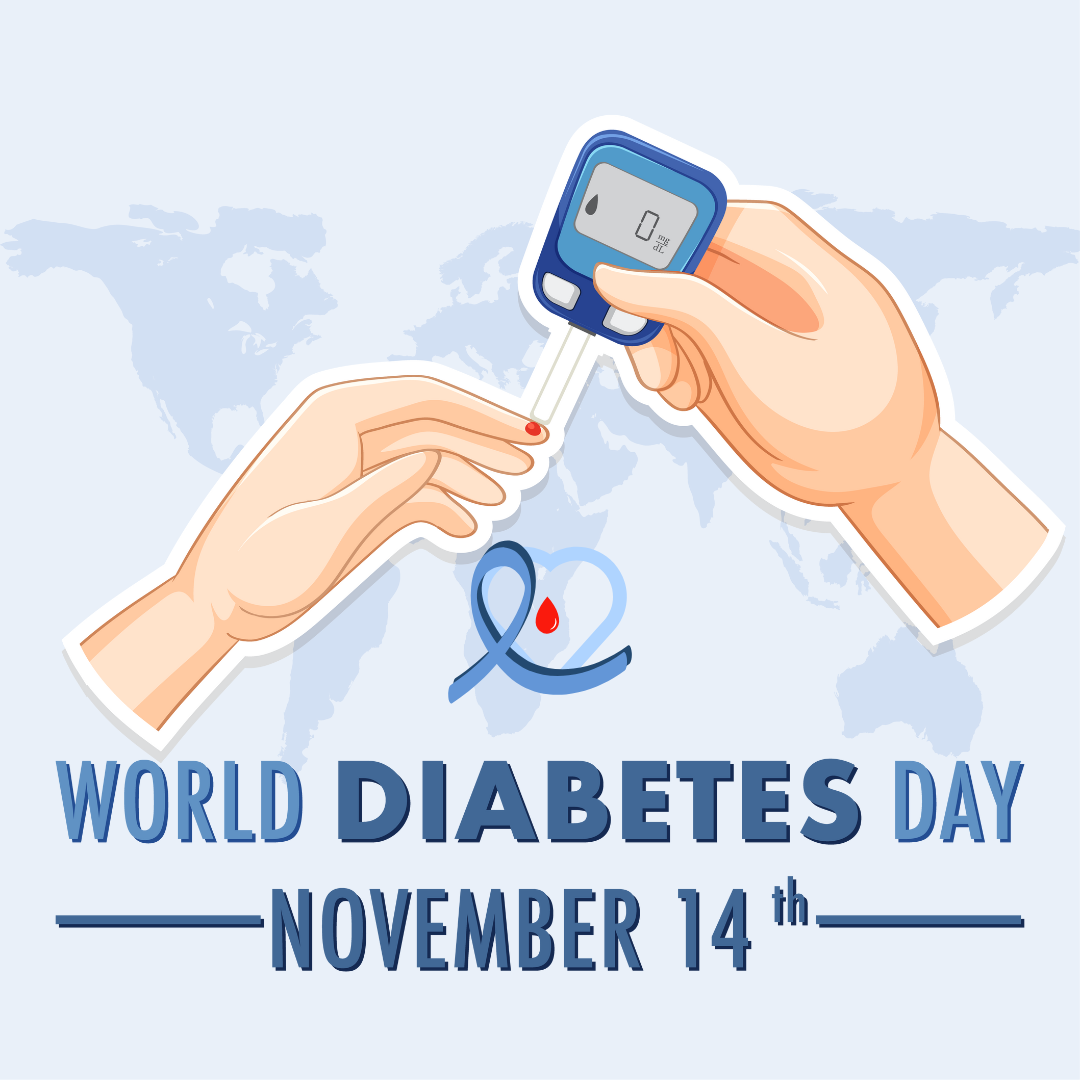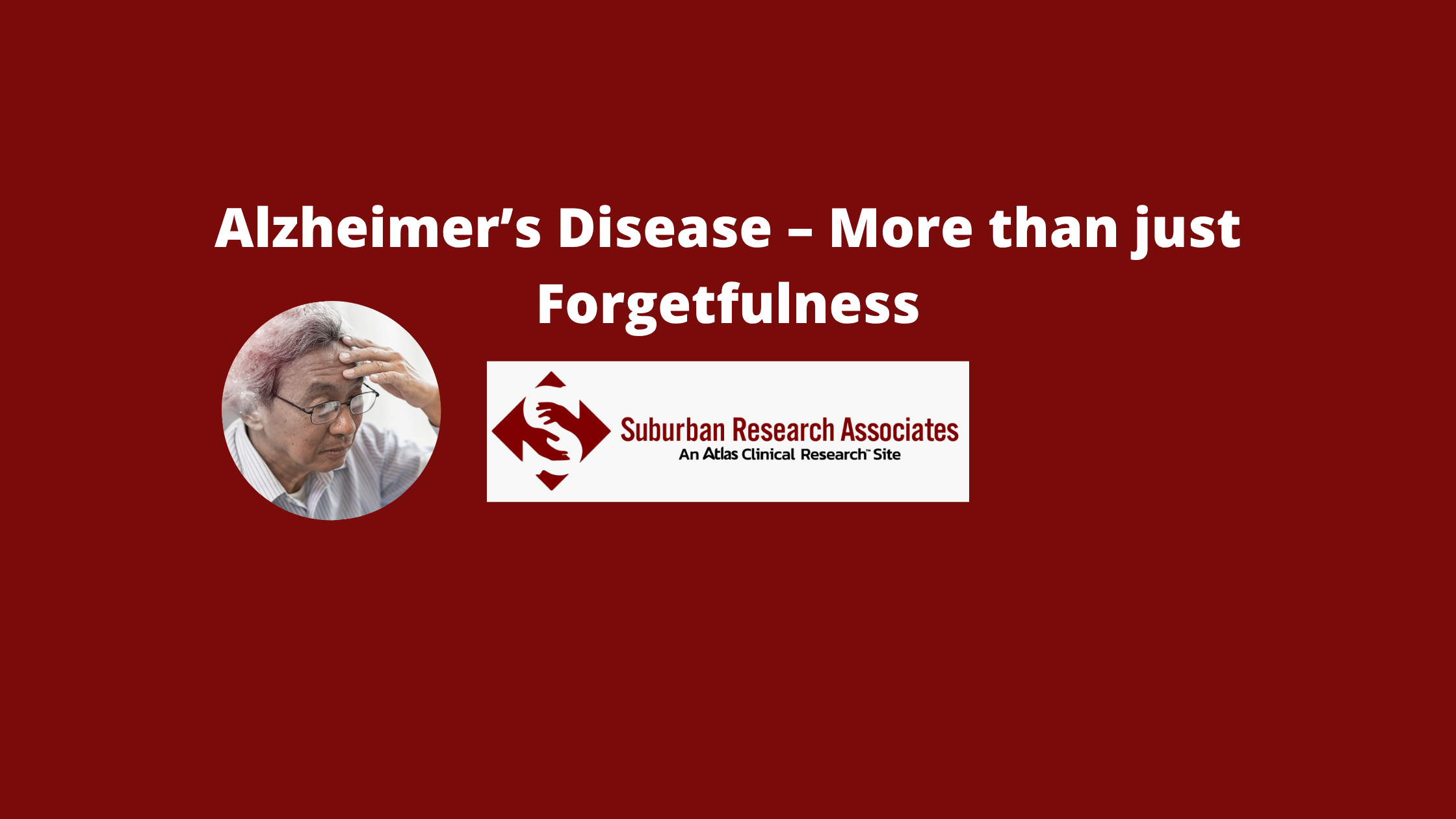Post-traumatic stress disorder commonly known as PTSD is a condition resulting from significantly traumatic experiences that can trigger a host of symptoms including flashbacks, nightmares, triggers, and avoidance among others (American Psychiatric Association, 2025). Historically, PTSD was thought to be a condition specifically pertaining to individuals who have fought in combat or war. While fighting in war or serving in the military can undoubtedly result in PTSD, it can affect anyone and the range of traumatic events that fall under the PTSD umbrella are wide-ranging beyond war and combat alone (NAMI, 2017).
Although there are numerous events that can leave a traumatic impact on an individual, it’s important to know that not all traumatic events are classified as PTSD. However, this doesn’t make the impact any less real or valid.
Learn more about PTSD in our previous blog: Post-Traumatic Stress Disorder.
So, when are traumatic events classified as PTSD?
The first-level criteria for a PTSD diagnosis, indicates that the trauma must have consisted of exposure to actual or threatened death, serious injury, or sexual violence through direct experience, witnessing the event, or learning of the event. In addition, there must be a component of avoidance in addition to the symptoms described above (APA, 2022).
What about other types and forms of trauma?
While exposure to actual or threatened death, serious injury, or sexual violence is the criterion for PTSD, there are a wide range of experiences that can still be considered traumatic. These can include (but are not limited to): bullying, domestic abuse, medical trauma especially in those with chronic illness, and so much more. In such experiences, one can still experience many of the same symptoms that are present in PTSD despite not meeting criteria for a PTSD diagnosis. Just because someone does not meet the criteria doesn’t dimmish the severity and impact. Therefore, seeking help and treatment is just as important as in PTSD.
Read more: Why not all trauma leads to PTSD, Amanda Gregory LCPC Psychology Today
When to seek help and treatment:
If you’re struggling with flashbacks, avoidance, nightmares, feeling like you’re reliving the event, hypervigilance, depression, anxiety, etc. following a traumatic event, it’s important to seek help. Trauma can be a heavy weight to carry and you don’t have to it alone. It’s also important to speak with a professional to rule out or confirm a diagnosis of PTSD if the experience falls under the above criterion and find an appropriate treatment or intervention path for you. Treatment can include trauma-informed therapeutic interventions and/or medication.
Research:
At Suburban Research Associates, we are currently enrolling for a PTSD study. If you believe you meet the PTSD description above and are interested in learning more about our study, reach out! We’d love to chat with you further!
Resources and References:
To learn more about PTSD, the American Psychiatric Association listed above has a wealth of information! This include symptoms, trauma versus PTSD and the other forms and conditions trauma can take beyond PTSD. In addition, Amanda Gregory, LCPC takes an even deeper dive in her Psychology Today article on how and why not all trauma leads to PTSD. You can also refer to any of the other above references at any time as well.



